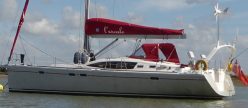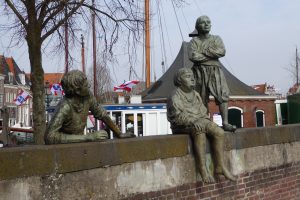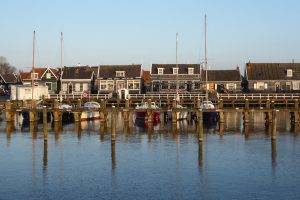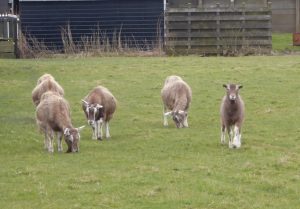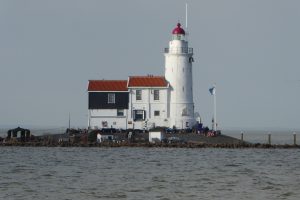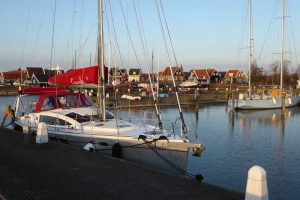Saturday 17 – Monday 19 March
The weekend brought a bitterly cold wind, with some sunshine. On Saturday the crew took a walk around town, picked up a few items in the very good street market, and had a light lunch at Bagels & Beans. They located the bus/train interchange and Albert Heijn supermarket on the far side of town. With no sign of the harbourmaster they were careful with water.
On Sunday they ventured a brief walk around the harbour, and then tucked up cosy inside to enjoy some light reading and blog-updating. Mate made a warming carrot, leek and cumin soup for lunch and one of the current favourites: Rendang curry for supper.
Monday was still cold and bright. The crew waited around most of the day for the boat near us to come down to sort out the water hose for the nearby hydrant. After two chasing phone calls to the Harbourmaster, he suggested we help ourselves to the hose and DIY – which we did, taking the opportunity to rinse the boat down by way of letting the pipe run through to clean it before delivering into our tanks. It did little to reduce the grit and grime currently embedding into the fender covers from the stone wall against which I’m tied.
